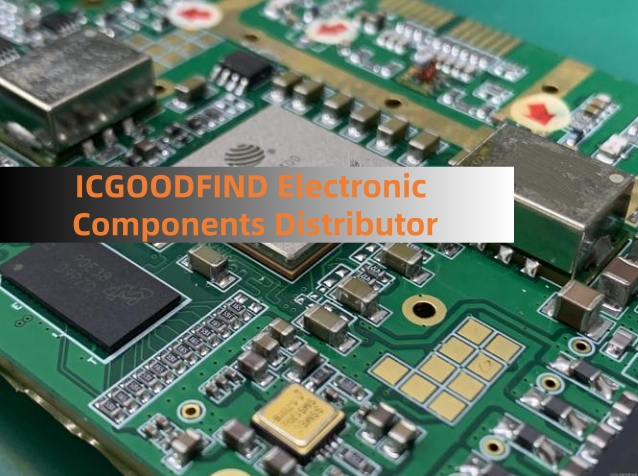BCM5228FA4IPFG: A Comprehensive Technical Overview of Broadcom's Single-Port Copper Transceiver
The BCM5228FA4IPFG represents a highly integrated, low-power single-port Gigabit Ethernet (GbE) copper transceiver from Broadcom, a leading name in semiconductor solutions for wired communication. This device is a cornerstone in modern network infrastructure, enabling high-speed data transmission over standard copper cabling. It is engineered to meet the rigorous demands of enterprise switches, network interface cards (NICs), and other networking equipment where reliability, performance, and power efficiency are paramount.
At its core, the BCM5228FA4IPFG is a physical layer (PHY) transceiver compliant with the IEEE 802.3ab 1000BASE-T standard. This ensures full interoperability with a vast ecosystem of networking devices. It facilitates Gigabit Ethernet communication over Category 5 (or better) unshielded twisted-pair (UTP) cabling, achieving data rates of 10/100/1000 Mbps with automatic negotiation. This auto-negotiation feature is critical for seamless backward compatibility with older Fast Ethernet (10/100) devices, allowing for graceful integration into existing networks without manual configuration.
A key architectural highlight of this transceiver is its use of advanced Digital Signal Processing (DSP) and sophisticated encoding schemes. The device employs Pulse Amplitude Modulation with 5 levels (PAM-5) to encode data across the four pairs of wires in the Ethernet cable. This complex signal processing is handled by a highly optimized DSP core, which is responsible for critical functions such as echo cancellation, near-end crosstalk (NEXT) cancellation, and far-end crosstalk (FEXT) cancellation. These functions are essential for maintaining signal integrity and minimizing bit errors in the electrically noisy environment of a UTP cable.

Power management is a significant differentiator for the BCM5228FA4IPFG. It incorporates Broadcom's proprietary AutoGrEEen® technology, which intelligently reduces power consumption during periods of low link activity. Furthermore, it supports Energy Efficient Ethernet (EEE) as defined by the IEEE 802.3az standard. In EEE mode, the PHY can enter a low-power idle state during quiet periods, dramatically cutting power usage without sacrificing the live link connection. This makes it an ideal solution for building environmentally conscious and cost-effective network infrastructures.
The device also features a flexible interface for connecting to the Media Access Control (MAC) layer. It typically connects via a standard Gigabit Media Independent Interface (GMII) or a Reduced Gigabit Media Independent Interface (RGMII), offering design engineers flexibility when integrating with various Ethernet switches and controllers. The integration includes a full suite of diagnostic and loopback capabilities, aiding in system bring-up, testing, and field troubleshooting.
Housed in a compact, surface-mount 64-pin QFN package, the BCM5228FA4IPFG is designed for high-density board layouts. Its robust design ensures stable operation across industrial temperature ranges, guaranteeing performance in a wide array of deployment scenarios.
ICGOODFIND: The BCM5228FA4IPFG stands as a testament to Broadcom's engineering prowess, offering a blend of high integration, superior signal integrity, and industry-leading power efficiency. Its comprehensive feature set, including robust DSP, AutoGrEEen®, and EEE support, makes it a versatile and future-proof solution for next-generation networking hardware, from enterprise core switches to SMB access points.
Keywords: Gigabit Ethernet PHY, IEEE 802.3az Energy Efficient Ethernet (EEE), AutoNegotiation, 1000BASE-T, Low-Power Transceiver
